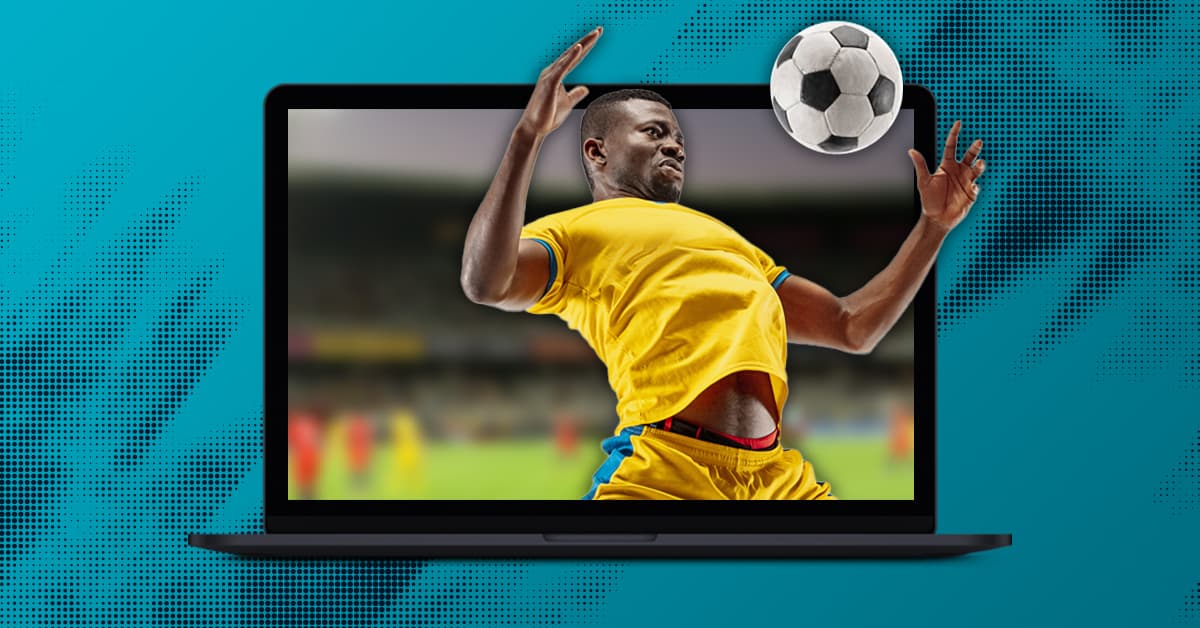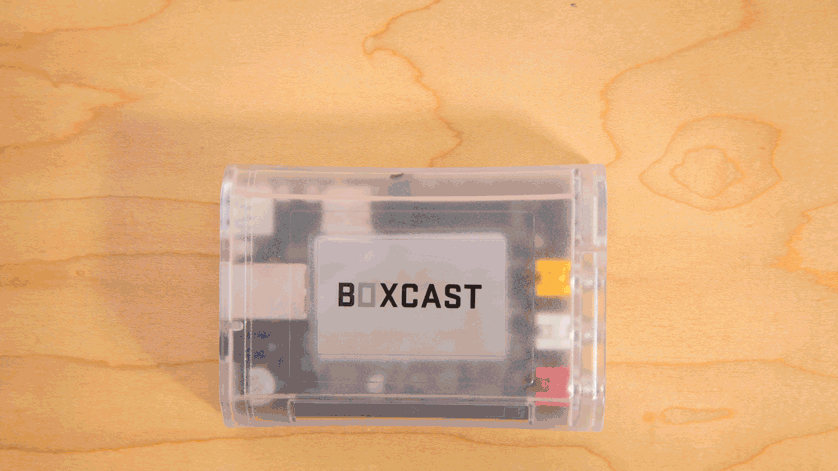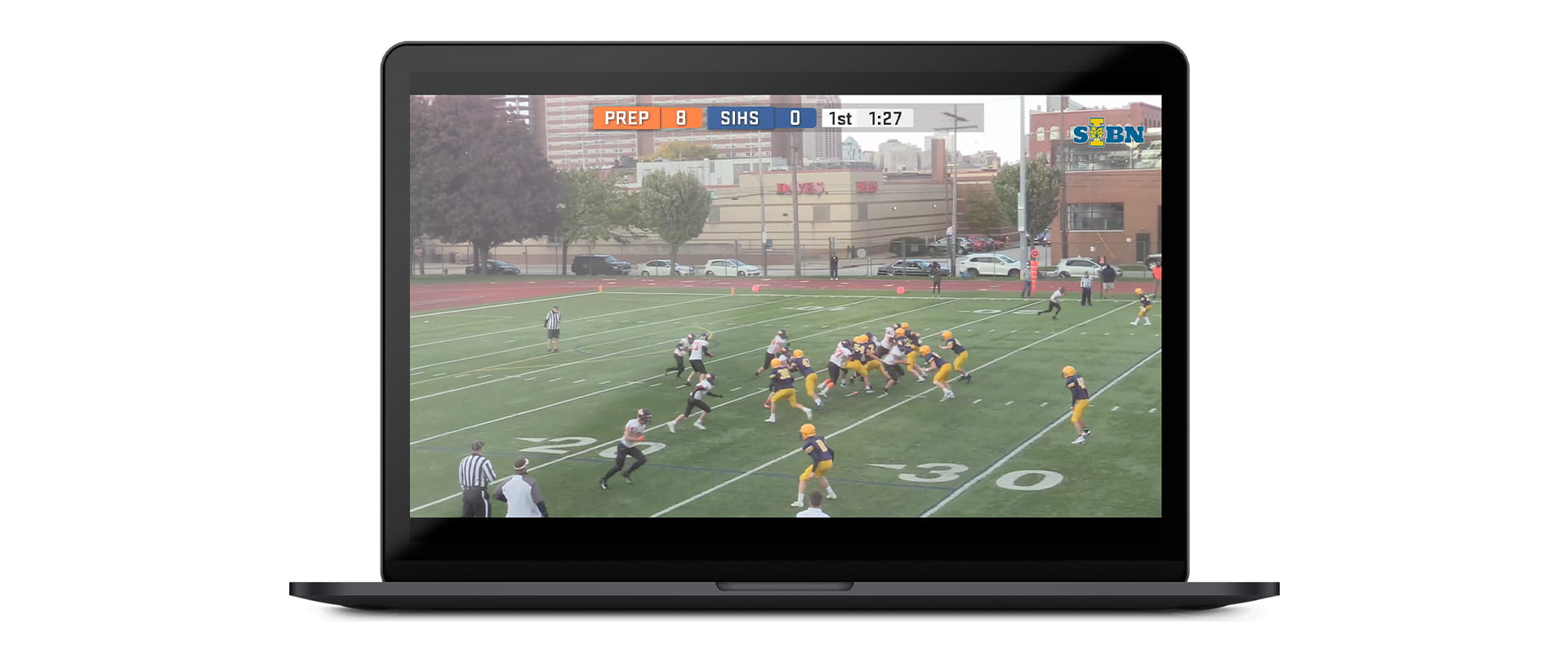VIDEO
Products
Streaming
Deliver flawless live video to any audience, anywhere
OTT Apps
Launch and monetize your own branded TV & mobile apps
Spark Encoder
Tap into hardware encoding that's compact and powerful
Broadcaster App
Go live straight from your phone or tablet with studio-quality control
Features
BoxCast Flow
Ensures smooth playback even on shaky networks
Sharing
Instantly clip, share, and amplify your broadcasts
Producer
Create professional streams right from your browser
Third-Party Encoders
Use the gear you love with our support of RTMP and SRT
AUDIO
RemoteMix
Mix live audio remotely from anywhere in the world
Compatible Mixers
Connect your favorite digital mixer to RemoteMix
INDUSTRIES
House of Worship
Reach and engage your congregation wherever they worship
Sports
Stream games with professional quality for fans everywhere
Local Government
Bring transparency and connection to your community broadcasts
Business
Power your corporate events, webinars, and live streams
LEARN
Blog
Insights, trends, and tips for the audio/video community
Tech Tips
Quick how-tos and deep dives on the latest streaming technology
Guides
Essential tips and expert strategies to expand your reach
Newsletter
Stay up to date with product news, best practices, and more
Podcast
Hear stories and strategies from our customers and experts
DISCOVER
Customer Stories
Explore real-world success stories to inspire your organization
Events
Join us at an upcoming conference and meet with our team
Webinars
Get all the details and register for our next live webinar
About Us
Discover our company's mission, values, and team story
Broadcasting, Live Streaming by Industry, How To Live Stream, Featured Athletics 1

BoxCast Team • August 25, 2022
Live streaming and broadcasting sports can be difficult when time isn’t on your side. This is made even worse when your setup is complicated, your internet is unreliable, or your equipment is subpar.
If any of these things sound like your situation, you’re in the right place.
If you're tasked with broadcasting your organization's athletic events, you've already got a million variables to consider before the games even begin. What equipment can make your live streams even better? Are you selling virtual tickets or broadcasting to as many online destinations as possible? How do you troubleshoot live stream issues when the internet connection is spotty?
We’ve put together a list of tips and tricks to help you become a better sports broadcaster, improve your current workflow, and enhance the production quality of your sports live stream. Let’s dive in.
A plug-and-play device, as the name suggests, is ready to use as soon as you plug it in. Unlike others, plug-and-play devices are game changers when it comes to simplicity and functionality.
Plug-and-play encoders are physical devices that take the feed from your camera and audio sources, and connect to the internet directly to share it. This takes the burden off of you (the user) and gives the hard, technical tasks to the equipment you’re using for your sports live stream.
When you’re ready to start your broadcast, all you need to do is plug in power, internet, and a camera. The BoxCaster is a great example of an easy-to-use, plug-and-play encoder.

Once you avoid complicated and annoying setup tasks, live streaming sports becomes a whole new ballgame, as you can spend more time focusing on the event and create winning broadcasts for your fans in a fraction of the time.
Before game day arrives, create a repeatable process to ensure your fans watch the best possible sports live stream.
Here are a few ways you should prep:
Modern technology has come a long way, but issues can still arise. Have a backup plan in place for your video, audio, and internet to remedy things before you go live:
BoxCast’s friendly streaming coaches are here and happy to help you with your athletics live streaming setup if you need additional support.
Broadcasters in indoor settings are more likely to have access to reliable internet. For many athletic environments, this is not the case. Whether you broadcast sports from an athletic field, gym, press box, or stadium, there’s a chance your internet will be unreliable.
Some athletic venues may not have internet access, which means you’ll need to stream using a mobile hotspot. It’s not ideal, but you can use this option to stream from remote locations when there’s no Wi-Fi.
In either case, a dependable connection is great to have but not always possible. So, what do you do? Choose a live streaming platform with a streaming protocol that can reliably stream sporting events with professional-quality — even if your connection is less than ideal.
This ensures your fans won’t miss any key moments or plays, and eliminates frustration — especially for viewers who paid for a ticketed event.
You know your fans are important. So why not enhance the experience for all your fans — including the remote ones.
Today’s viewers don’t want to tally scores the old-fashioned way (via paper and pen). If you expect them to, your engagement will likely suffer. Fans won’t be able to tell the winners from the losers — especially if they join your broadcast after it’s begun.
One of the best ways you can keep your audience in the game and improve your sports live stream is to add an overlay of the scoreboard. You can automatically overlay the score onto your broadcast, or manually enter the scores shown on the scoreboard overlay as they happen.
Whichever option you choose, you’ll need a score bug to overlay your scores. Think of the score bug as the middleman between your scoreboard controller and your plug-and-play encoder. Once you connect them, you can capture, customize, and broadcast sports scores in real-time to your viewers.

A score bug also helps streamline your workflow by transmitting your live stream sports score and clock information to the cloud on its own.
Now that’s what we call a win-win situation!
Up your sports live streaming game by investing in equipment that enhances your viewers’ experience.
A great way to improve your production quality is to add color commentary when you broadcast sports. We’ve put together a short list of our favorite equipment to help get you started.
Watch this short video to learn how to use this gear:
Another way to improve your overall sports live stream is to buy a more fluid tripod. It’ll help you get smoother shots while still following the action. And to easily zoom in and out of the game, invest in a zoom controller.
Explore all of our favorite live streaming gear to see how you can score more points with your viewers.
We won’t sugarcoat it — learning how to live stream action-packed events can be hard. You might be wondering … What gear should I choose? Which platforms are best to broadcast sports to? How do I connect everything?
Luckily for you, there are a ton of great resources on the internet to help you learn how to become a better broadcaster. Here are a few to get you started:
Keep in mind that one of the best ways to strengthen your broadcasting chops is to gain hands-on experience. By continuing to use your streaming equipment, you’ll be better equipped (literally) to connect the knowledge you learned (from courses, blogs, videos, etc.) to real-world applications.
Remember, practice makes perfect.
When you’re using a live streaming platform to reach your fans, you need to focus on their experience. You want to be as engaging as possible, despite the challenges you may face. That’s why it’s important to follow these tips to improve your current workflow and enhance the production quality for your viewers.
Here are some additional resources you may find helpful:
© 2026 BoxCast. All Rights Reserved. | +1-888-392-2278